If you’ve ever worked on a construction project—be it a small residential project or a large commercial undertaking—it’s very likely you came up against an issue or 2.
You’re also probably laughing at the idea of “an issue or 2”, wishing it’d been that easy.
Here’s the thing:
A lot of construction project managers are bogged down by outdated legacy processes. These methods slow down projects, throwing spanner after spanner into the works.
84% of project managers are seeking for new ways to boost team productivity within their current processes. But for some, the solution might be to tear the current systems down and rebuild them from the ground up.
Okay, enough construction puns. Let’s get to the point.
Here’s how traditional construction project management is holding teams back and, more importantly, how you can deliver a successful construction project going forward.
What is construction project management?
You’ve probably already figured out that construction project management is all about managing construction projects. Duh.
The difference with construction project management is that it’s mostly mission-based. That means that when the project comes to an end, the project team is dissolved, and the whole thing is done and dusted.
Construction project management types include:
- Agricultural
- Commercial
- Residential
- Institutional
- Civil
- Environmental
- Industrial
With an overarching goal of ensuring that projects finish on time, within scope, and on budget, the construction project manager is involved in the planning and execution of:
- Schedules
- Cost
- Scope
- Safety
- Quality
Such a diverse role requires an equally diverse skill set, so the construction manager needs a deep understanding of the overall building process, as well as significant problem-solving and communication skills.
In traditional construction project management, planning is often done in board rooms and offices and then distributed via email.
Usually, team members meet for coffee to handle challenges or jump on a phone call to hash things out.
What’s the problem with traditional construction project management?
To answer that, let’s look at the big picture.
Worldwide, the construction industry needs to put up 142 million buildings by 2050 to deal with the expected population growth in cities.
That’s 13,000 new buildings every single day.
It’s a very modern problem, and you know what they say about modern problems.
They require modern solutions.
Remember what we said about boardroom meetings and phone calls? Not very modern solutions, are they?
On the whole, traditional construction project management processes are a less efficient and more expensive than they need to be.
Couple that with a steady increase in the cost of both materials and labor, and you’ve got a recipe for unprofitable projects.
Cash isn’t the only issue at hand, though.
If you’re managing construction projects but you don’t have a progressive Work OS at your fingertips, then you’re going to struggle with changes like globalization, which is actually something you could be taking advantage of.
Embracing a global workforce allows you to not only leverage more affordable labor costs, but time zones too.
Why wouldn’t you want your team working on tasks while you’re asleep?
Okay, enough digging on the old methods. Let’s look at what you can do right now to smash your next construction project.
5 ways to update your project management systems
Here are 5 construction project management updates you should be making right now:
1. Go digital
The first step to take as a construction project manager: bring as much as you can from the pen-and-paper world into a cloud-based system.
If you’ve been in the game for a bit, then it’s probably going to take a bit of time to get used to this new way of working.
But online construction management software platforms give you so many benefits—from in-context communication to time-saving automation sequences to in-depth reporting—that the short-term pain is well worth the long-term gain.
At the very least, you should employ some form of scheduling or project management software. Ideally, you’ll opt for an even more forward-thinking solution: the Work OS.
A Work OS (Work Operating System) is an online platform that allows you to build your own workflows.
This makes it simple for you to set up a digital workspace that works for you and your team, rather than trying to squeeze your processes into a pre-existing architecture.
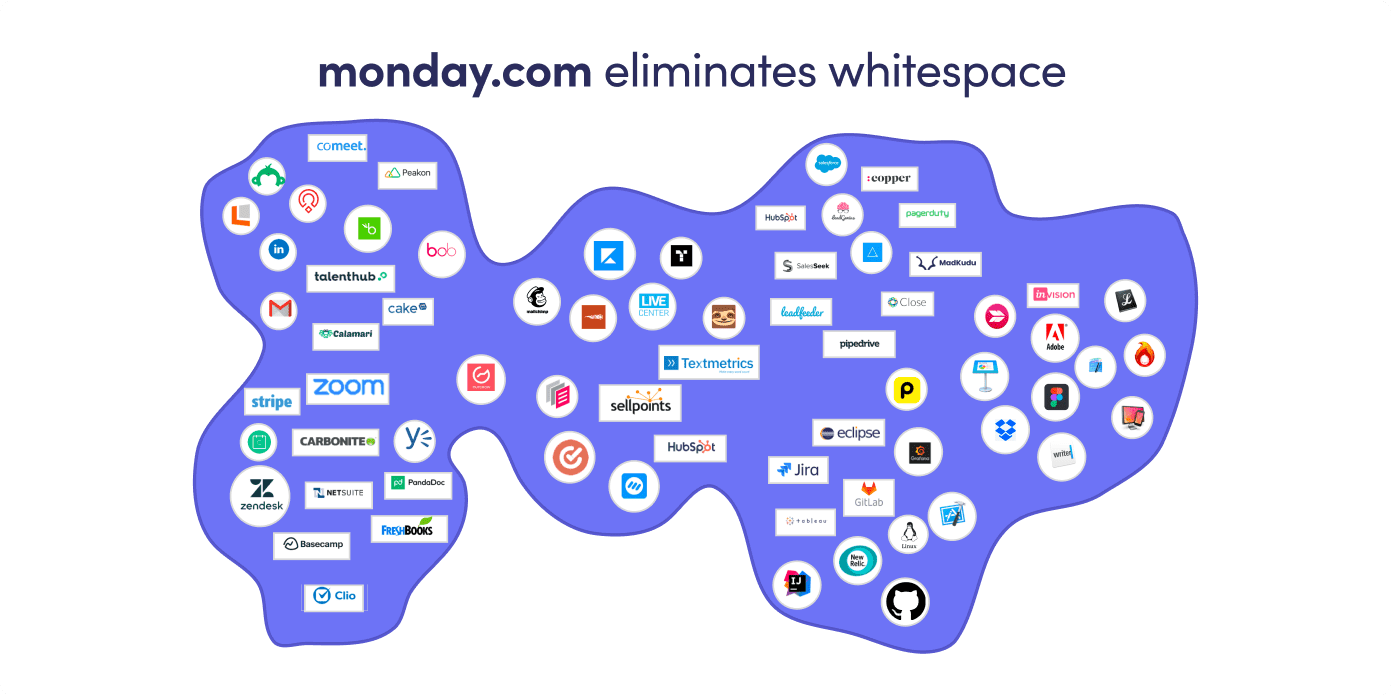
2. Make communication easy
Here’s a shocking statistic:
96% of people believe that the business they deal with—as customers and as employees—could improve their communication skills.
That’s mostly everybody.
I know, we all think we’re expert communicators, but the truth is that we tend to overestimate our own abilities.
When assessing your construction project management software options, make sure you find a solution that encourages team communication in several ways.
For example, with monday.com, teams can comment on tasks in real-time, send direct messages, or integrate with communications tools like Slack and Zoom.
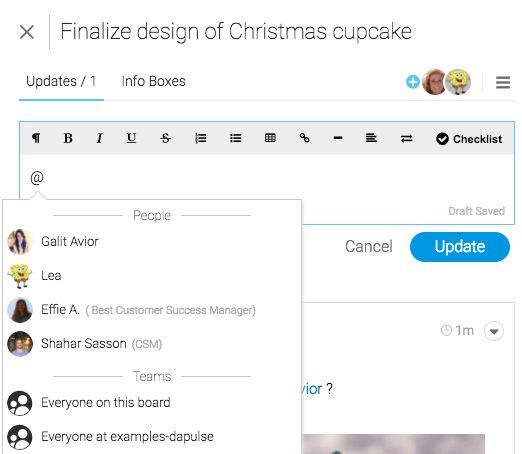
3. Reduce labor costs by embracing globalization and remote work
Globalization and remote work have long been on the rise, and COVID definitely pushed the remote work revolution along. By embracing these trends, project managers can tap major opportunities.
Of course, some parts of construction projects require feet on the ground and hammers in hands. But a lot of planning, communication, and documentation management happens in the construction process, most of which can be done outside of the confines of an office space.
As a construction project manager, consider leveraging modern tech, as many productivity solutions make managing this kind remote work easier than ever:
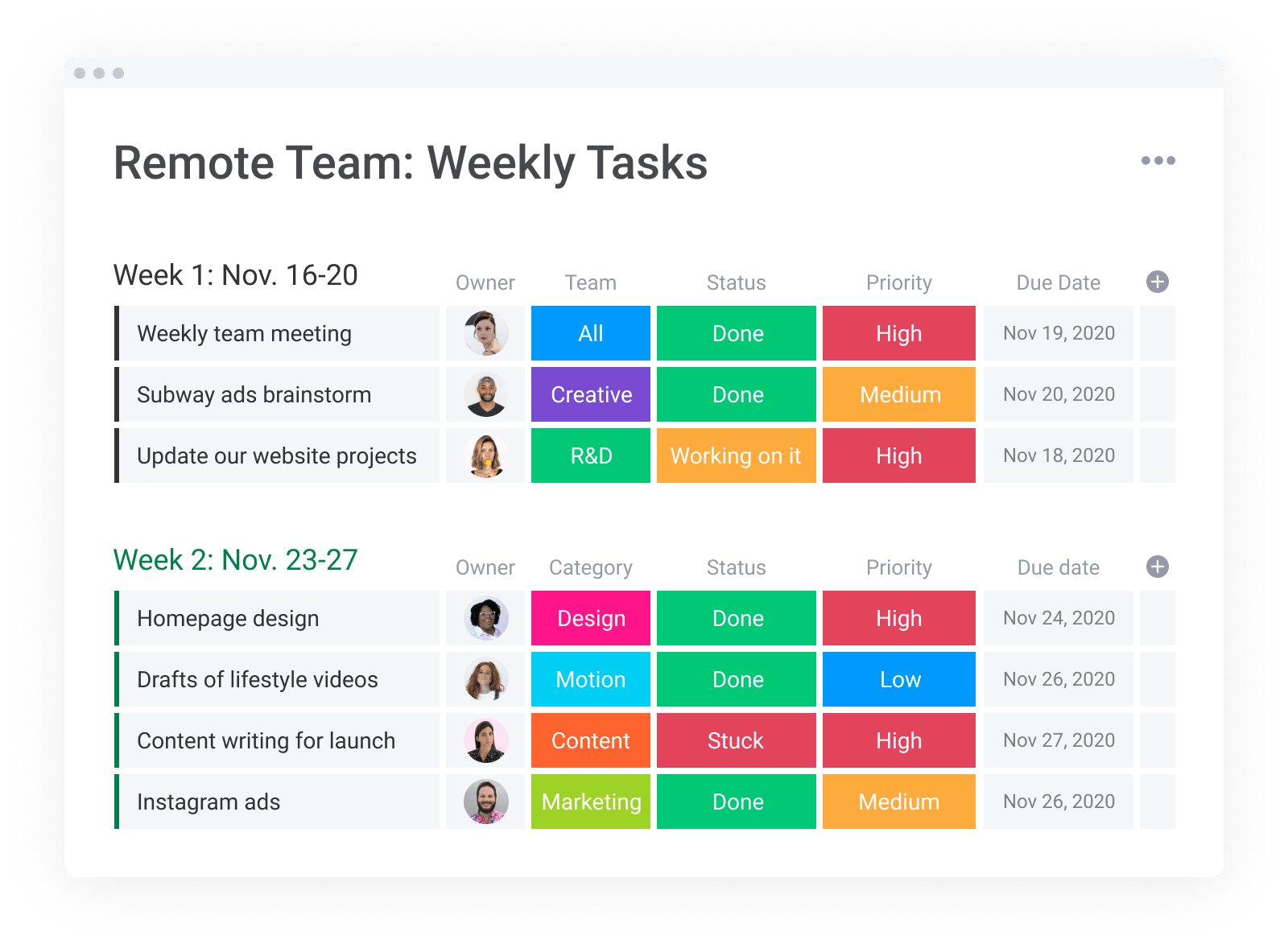
4. Automate everything
Perhaps the biggest problem with outdated methods of construction project planning is their inability to automate.
You can’t really tell your whiteboard to add a new task every Monday, you know?
Once you’ve set up your project plan within your Work OS and you start to get the hang of the digital world, you’ll start to realize something:
A chunk of the work you’re doing on a weekly basis could be managed by computers. So let them do it!
monday.com makes it easy to set up automations for recurring tasks:
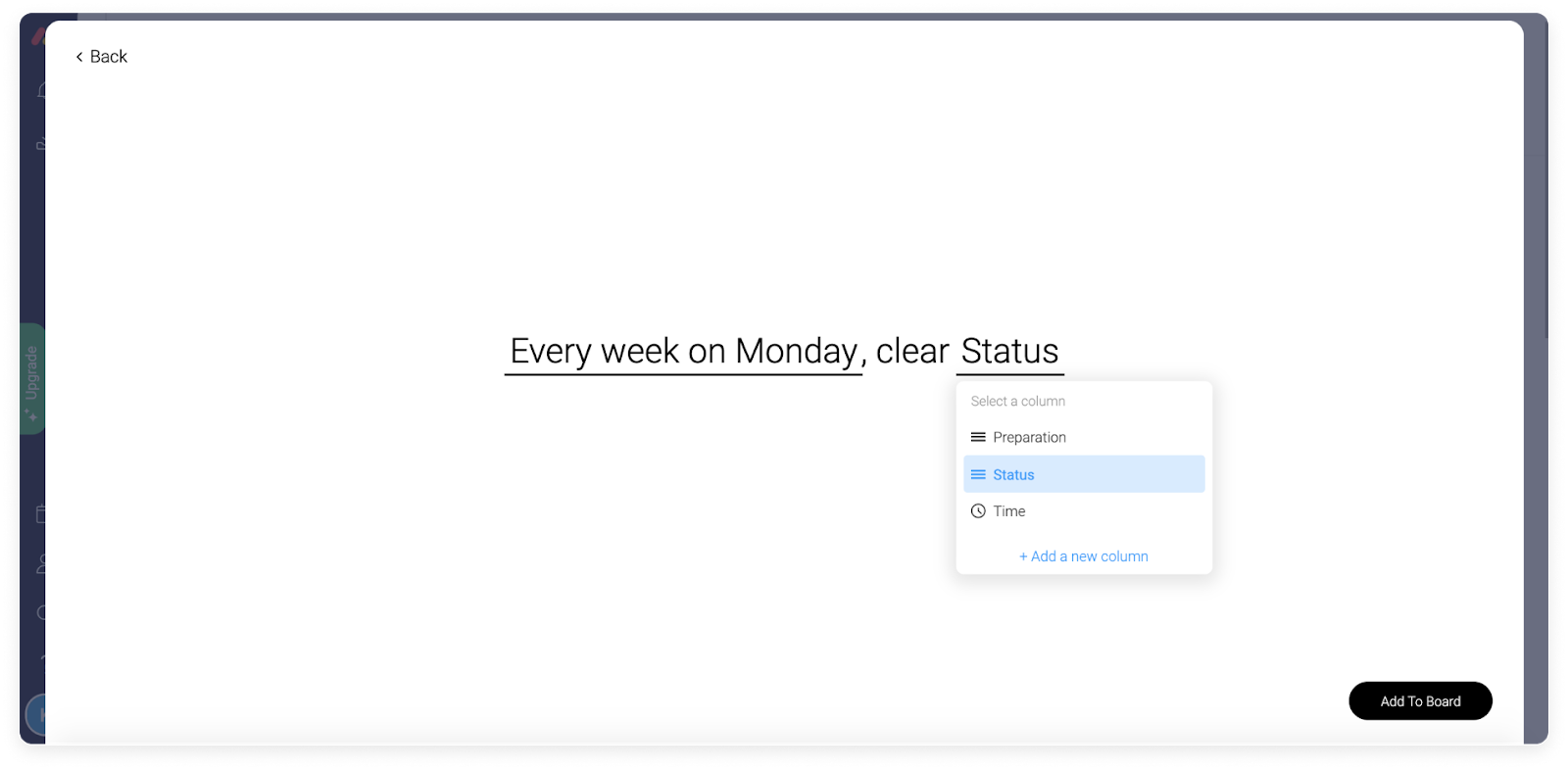
5. Improve reporting quality
Just as important as choosing the right contractor is understanding how well your projects—and your people—are performing.
Modern work solutions allow you to set up custom dashboards to track whatever’s important to you, whether it’s the project budget, pace, or team feedback.
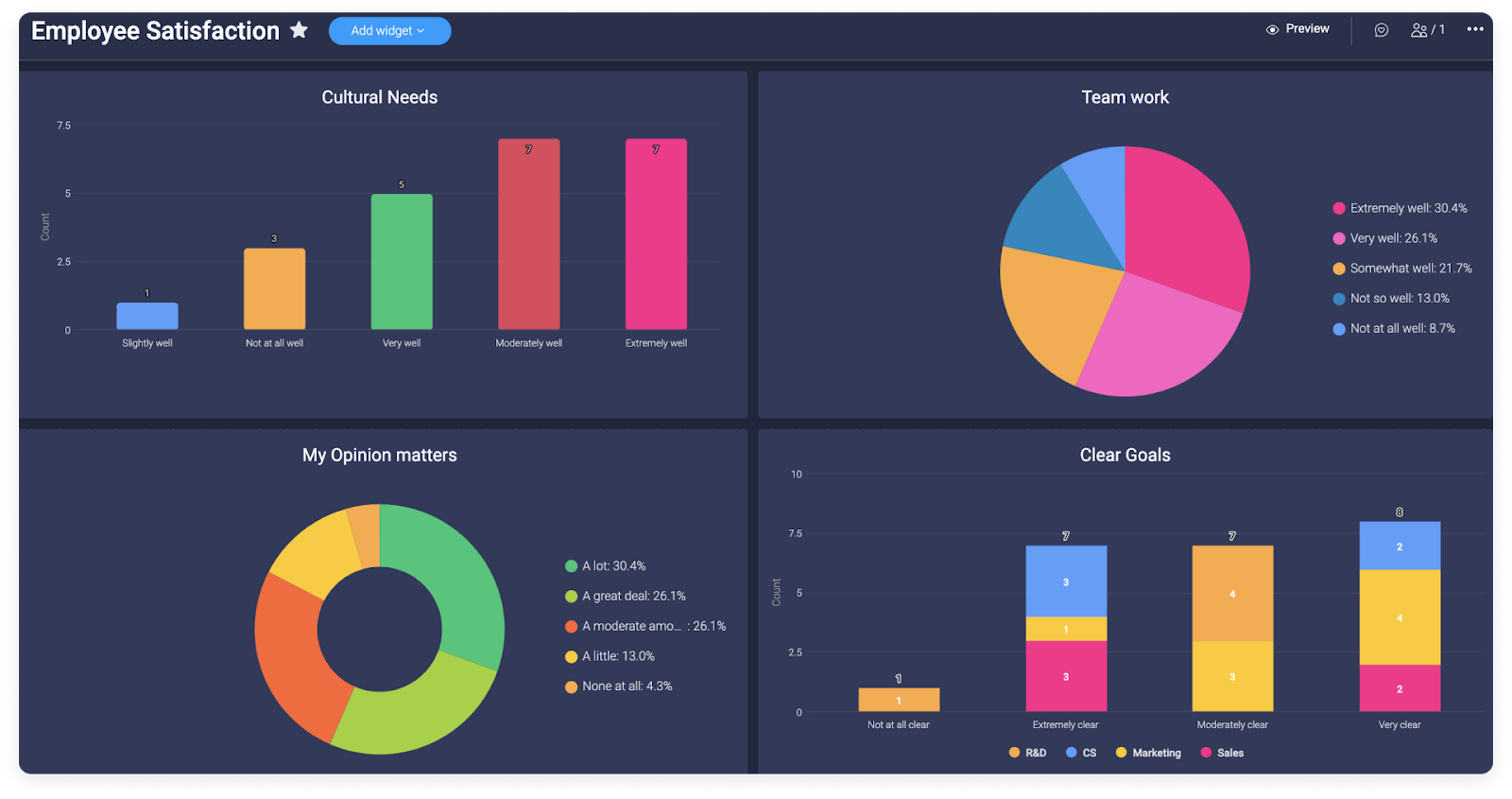
The future of construction project management
It’s time to level up your construction management and find yourself a competent Work OS.
But given so many options, what features should you prioritize?
Glad you asked.
Strong communication
Whether you’re working directly with just one general contractor, or you have a subcontractor assigned to each construction phase or task, communication tools need to top your list.
Choose a platform that makes it easy to share workflows and documents with your team:
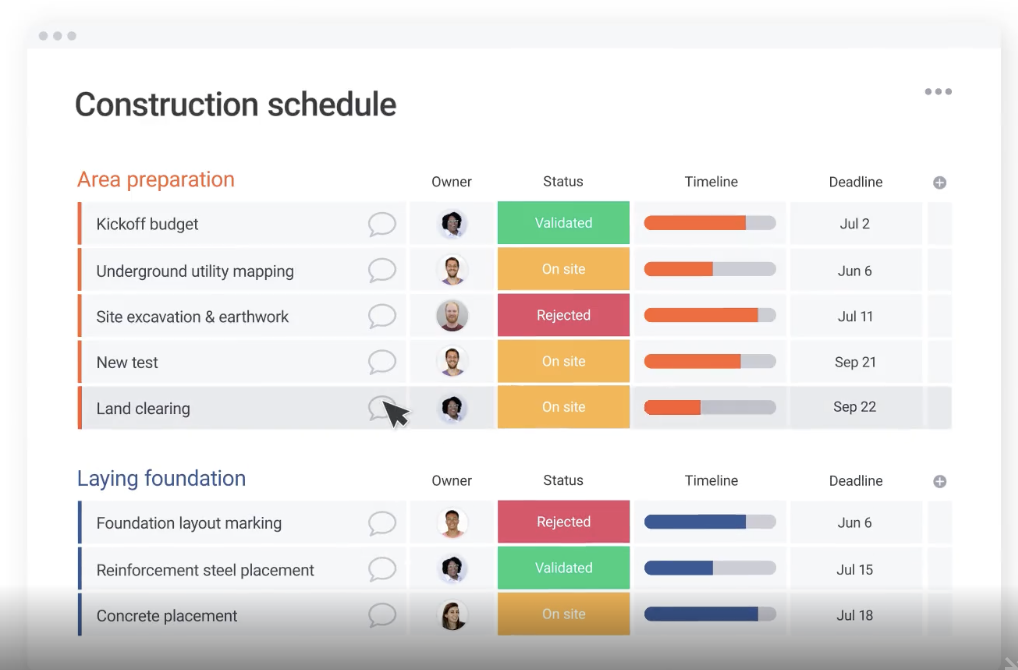
Customizable permissions
Let’s say you’ve hired an architect to help you with some technical drawings during the project planning stage.
You want to be able to communicate with them within your Work OS, but you don’t want to share sensitive details like budgets, or the contact details of the stakeholders involved.
With monday.com, you can choose exactly what outside contractors see.
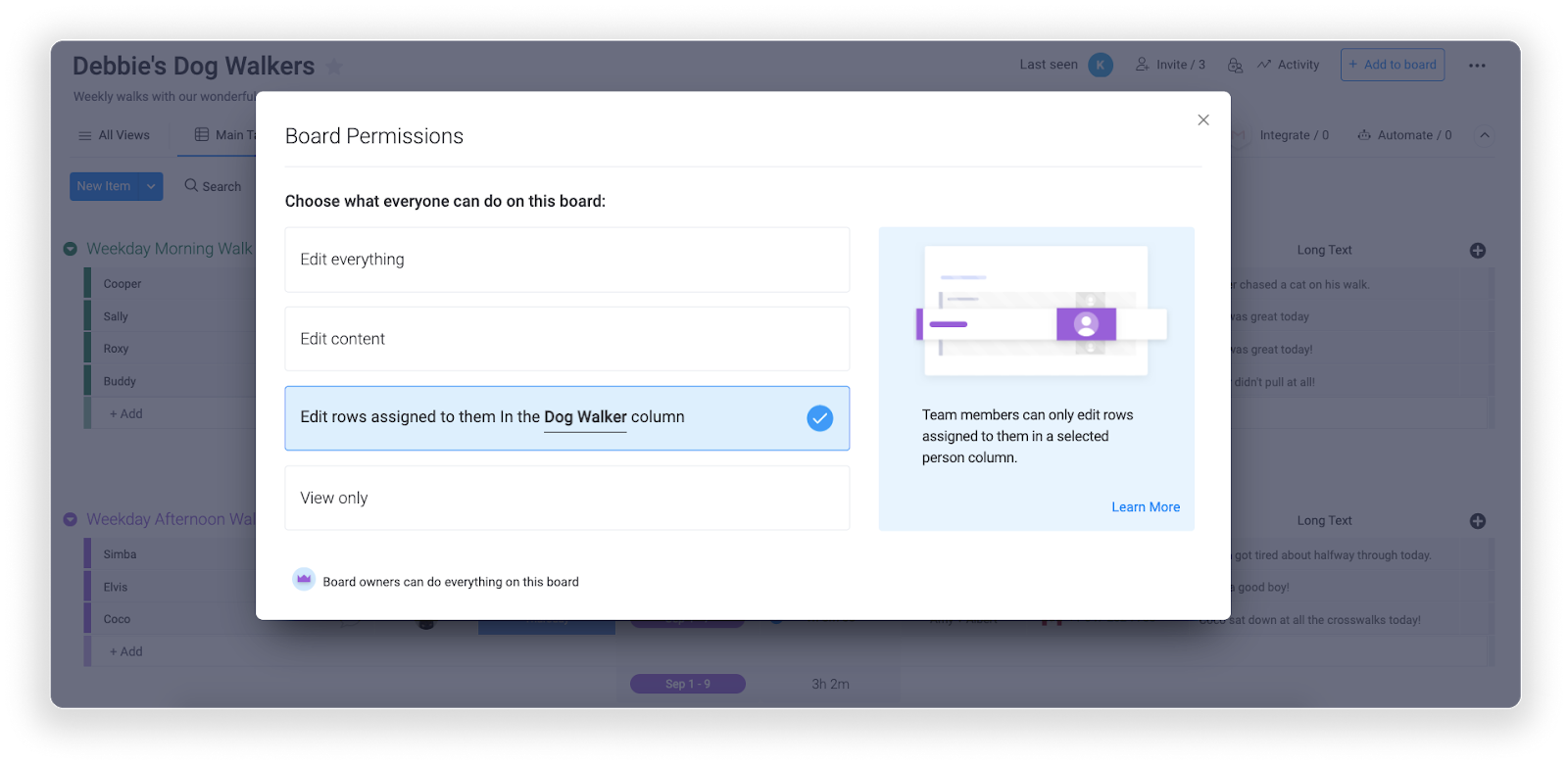
Time tracking
You can bet your bottom dollar that the project owner is going to be highly concerned with, well, their bottom dollar.
To make sure you’re tracking contractor expenses accurately, you should choose a Work OS that makes time-tracking easy.
With monday.com, you can add a simple time-tracking column:
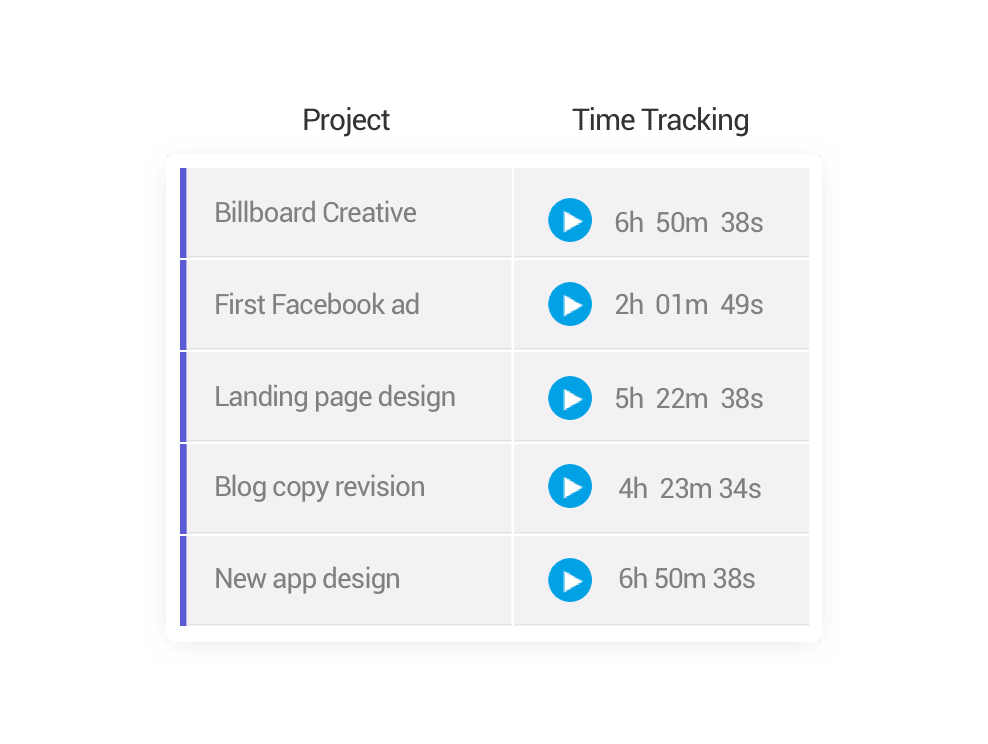
Map view
It’s not unusual for construction professionals to be working on multiple projects simultaneously, meaning you’ll need to set up several boards for project management.
In monday.com, you can visualize your ongoing construction projects by adding the map view:
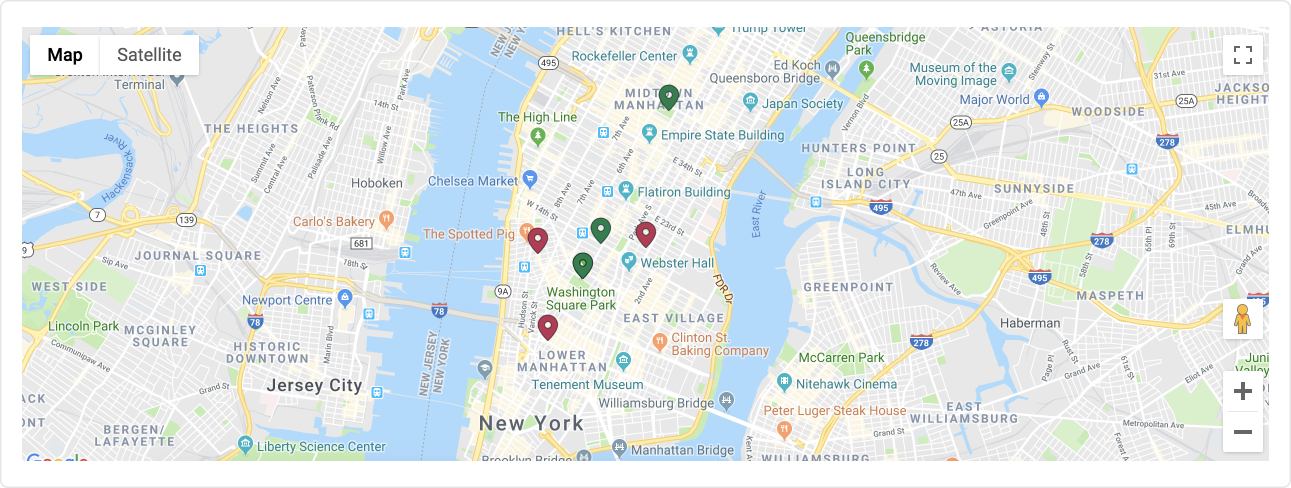
Custom dashboards
Construction project management reporting is quite different from sales and marketing reporting.
So why would you limit yourself to reporting dashboards that don’t make sense for your industry?
With monday.com, you can completely customize your dashboard to get the perfect overview of project performance.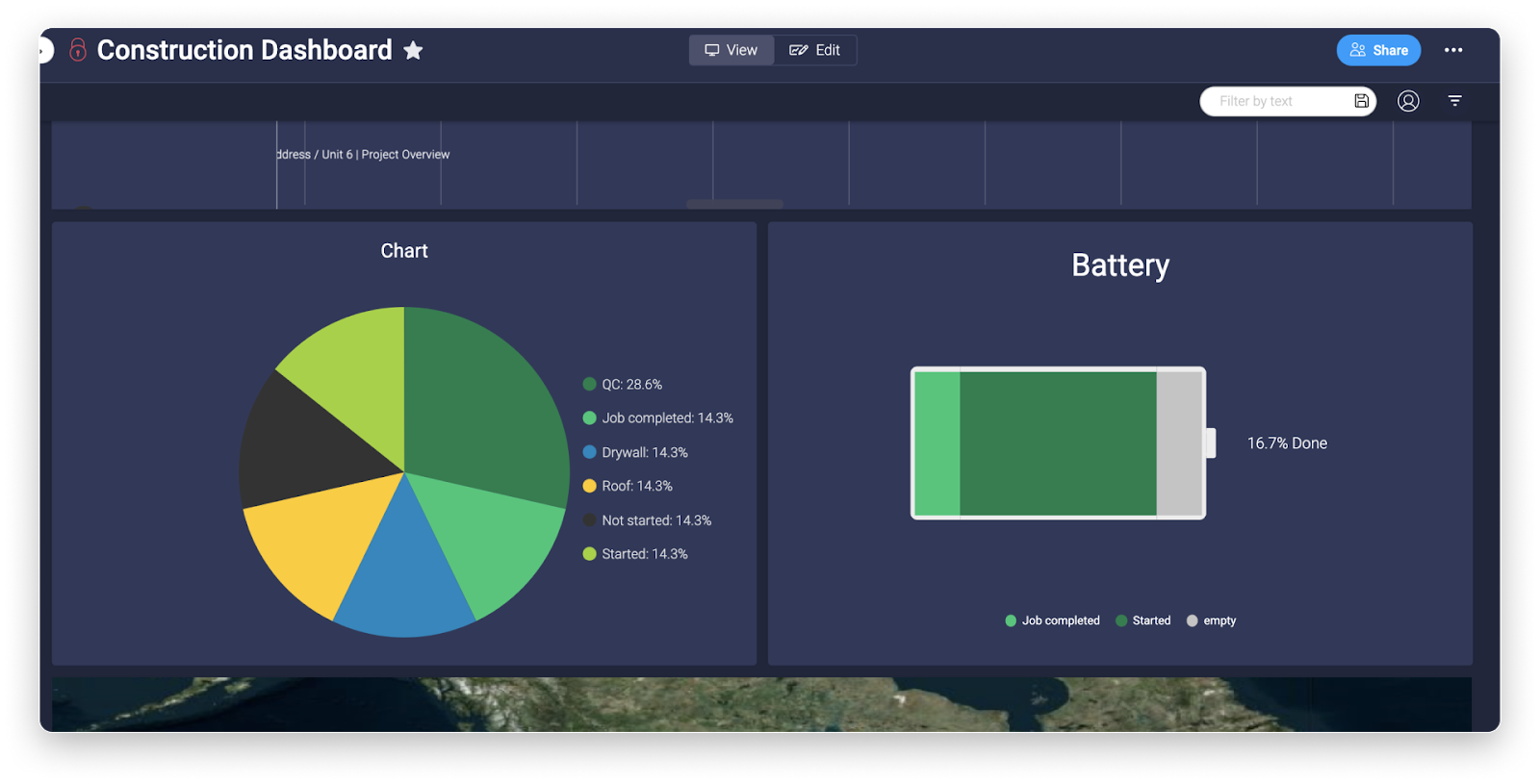
Onwards and upwards
It’s safe to say that construction is a fast-moving industry. To keep up with that pace and deliver on your project schedule, you need the right project management platform.
Let’s recap the moves you need to make right now:
- Take things digital by implementing a Work OS
- Make team communications easy by bringing in modern comms tools
- Embrace globalization and lean in to remote work
- Automate everything you can
- Tailor your construction project management reports to your industry
And in the interest of moving quickly, get started now—try out one of these monday.com construction schedule templates.


